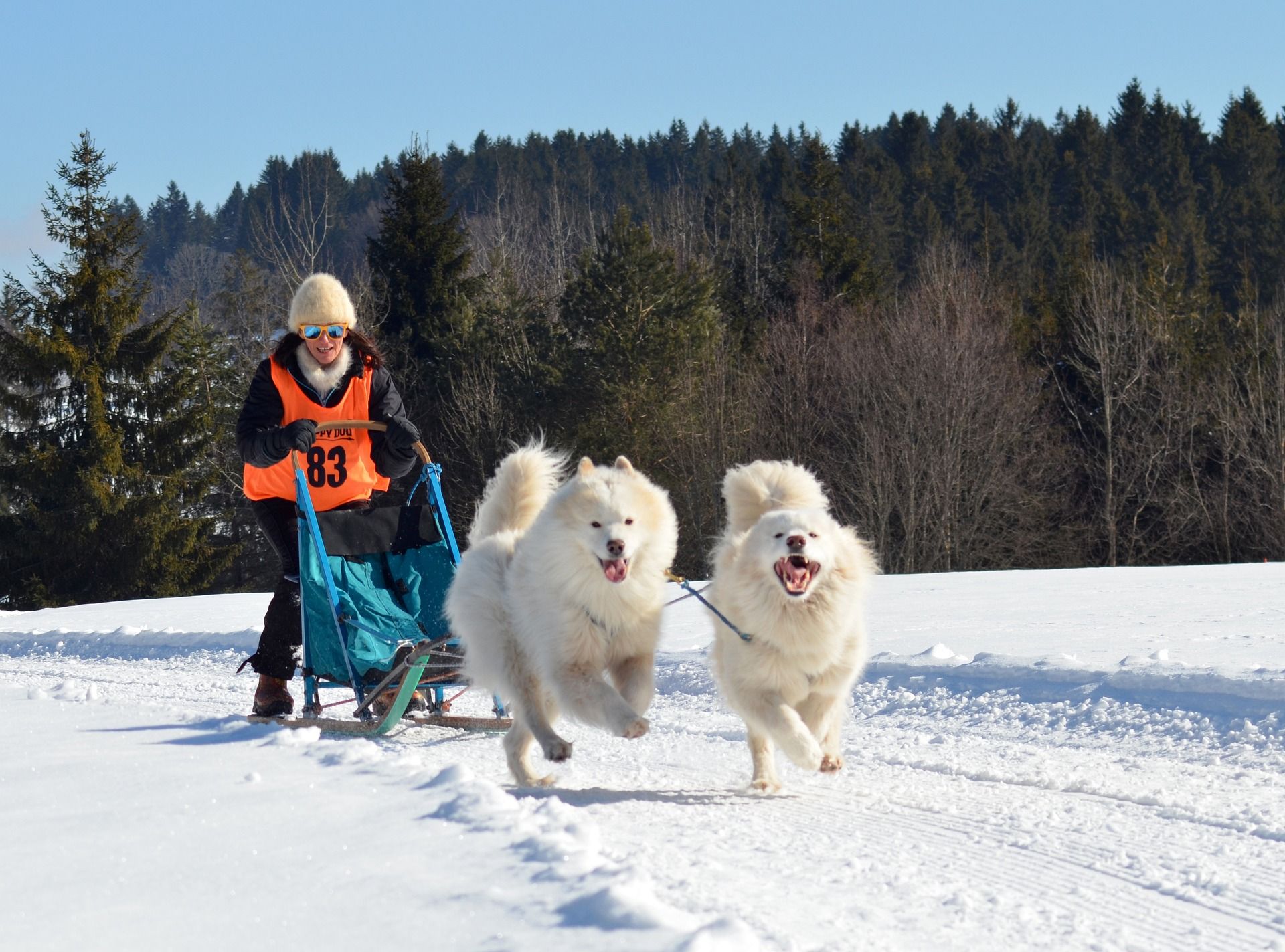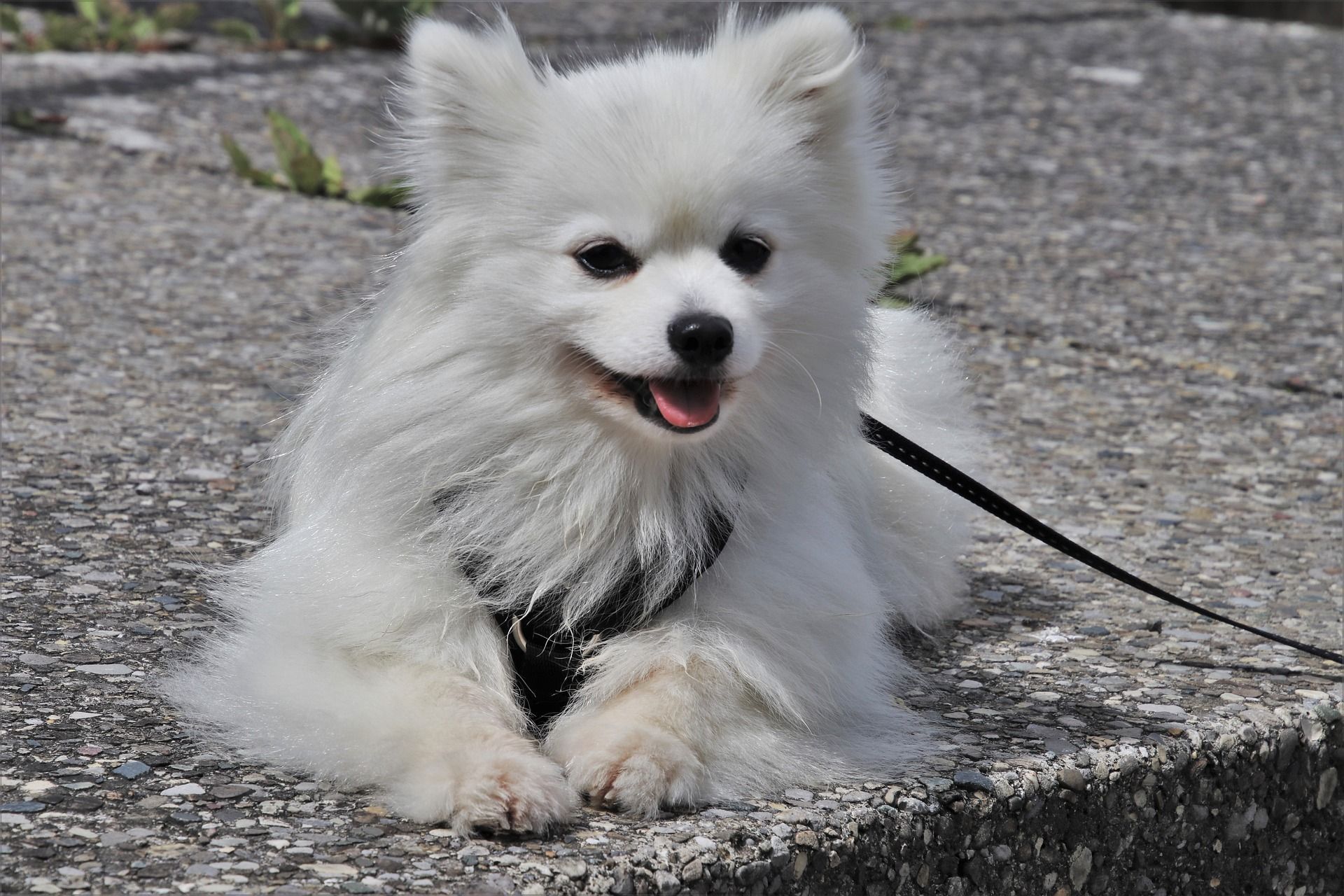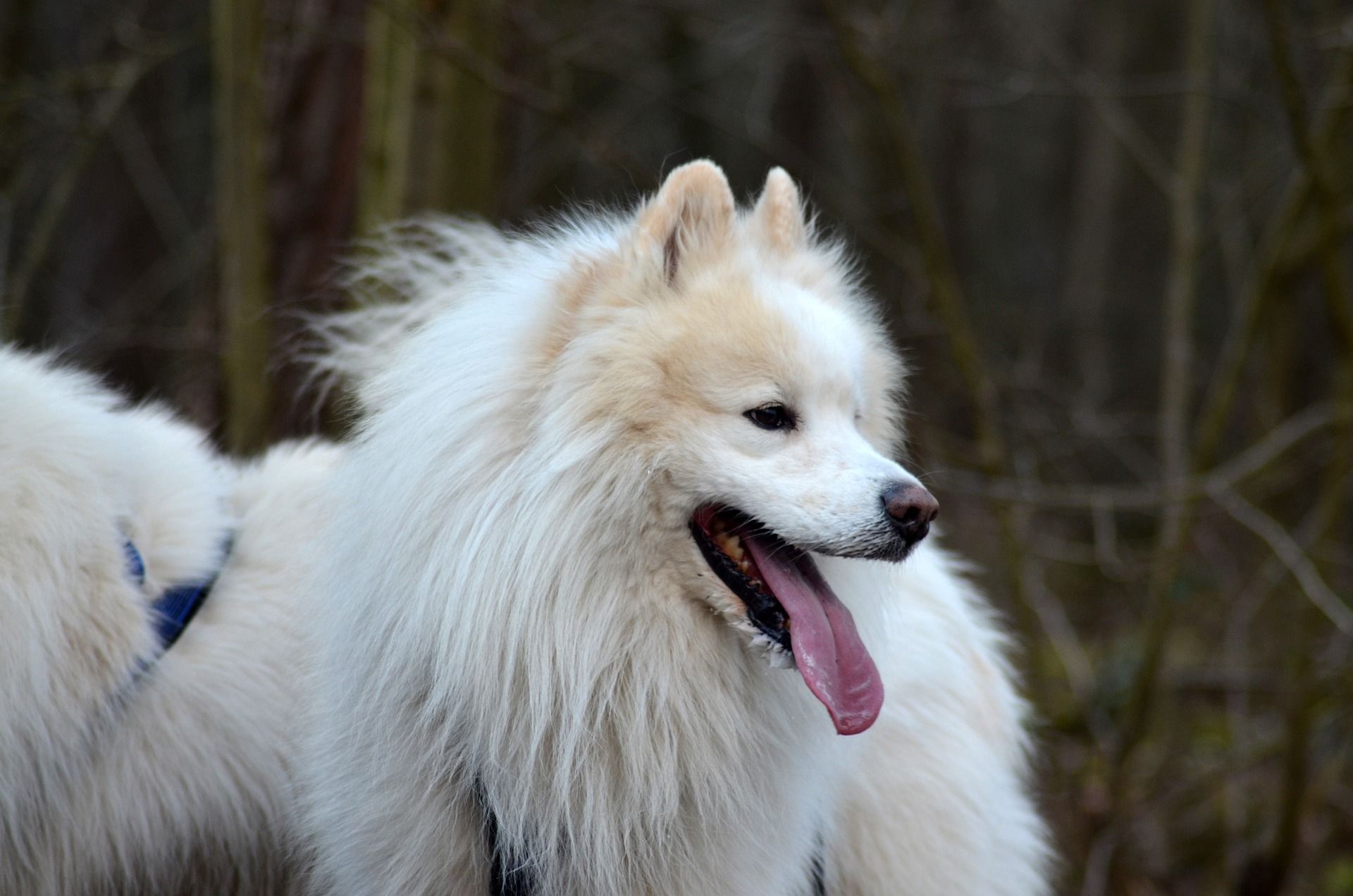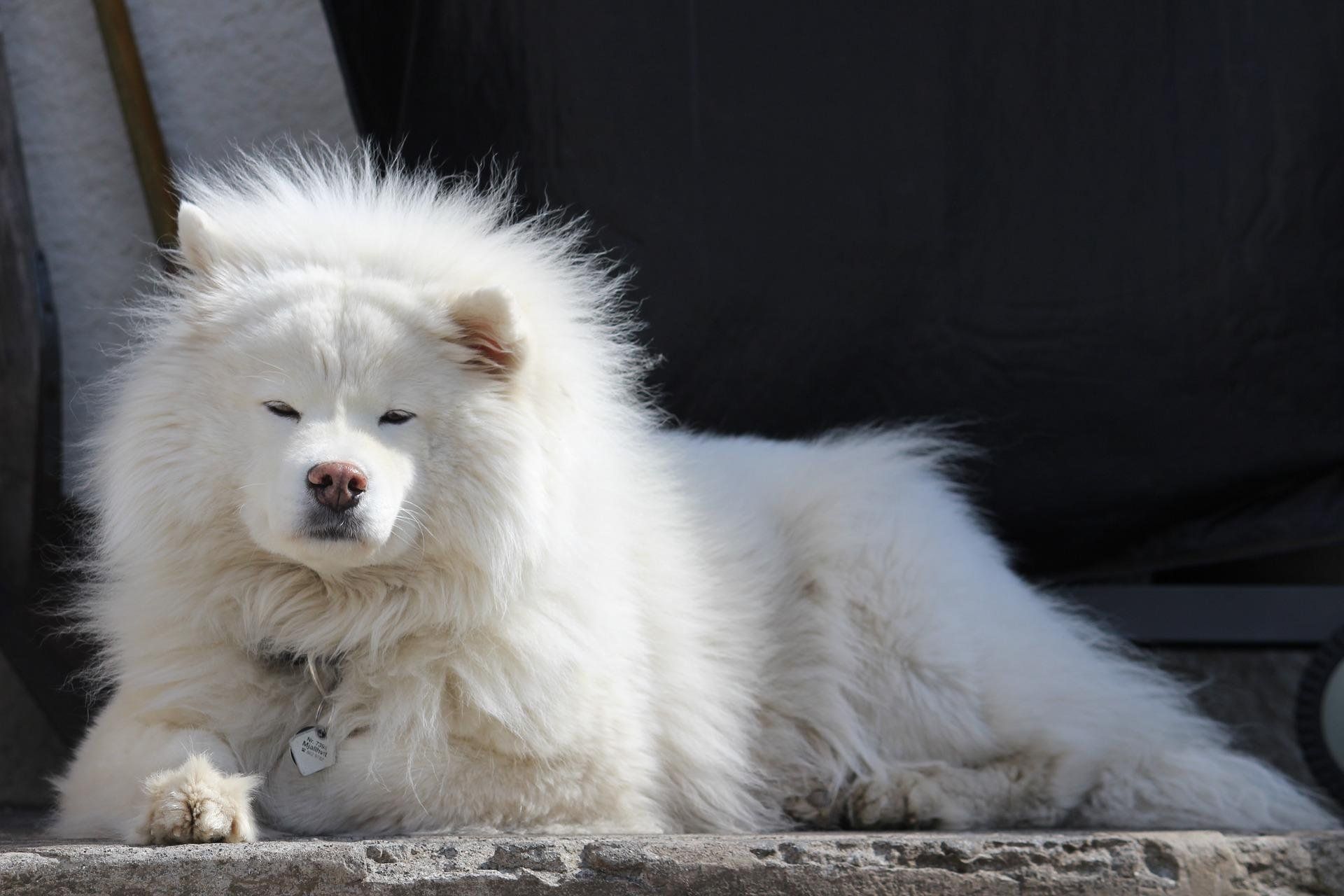Samoyeds originated among the Samoyede people, a nomadic group in Siberia, who bred these dogs for various tasks essential to their way of life. Can they herd?
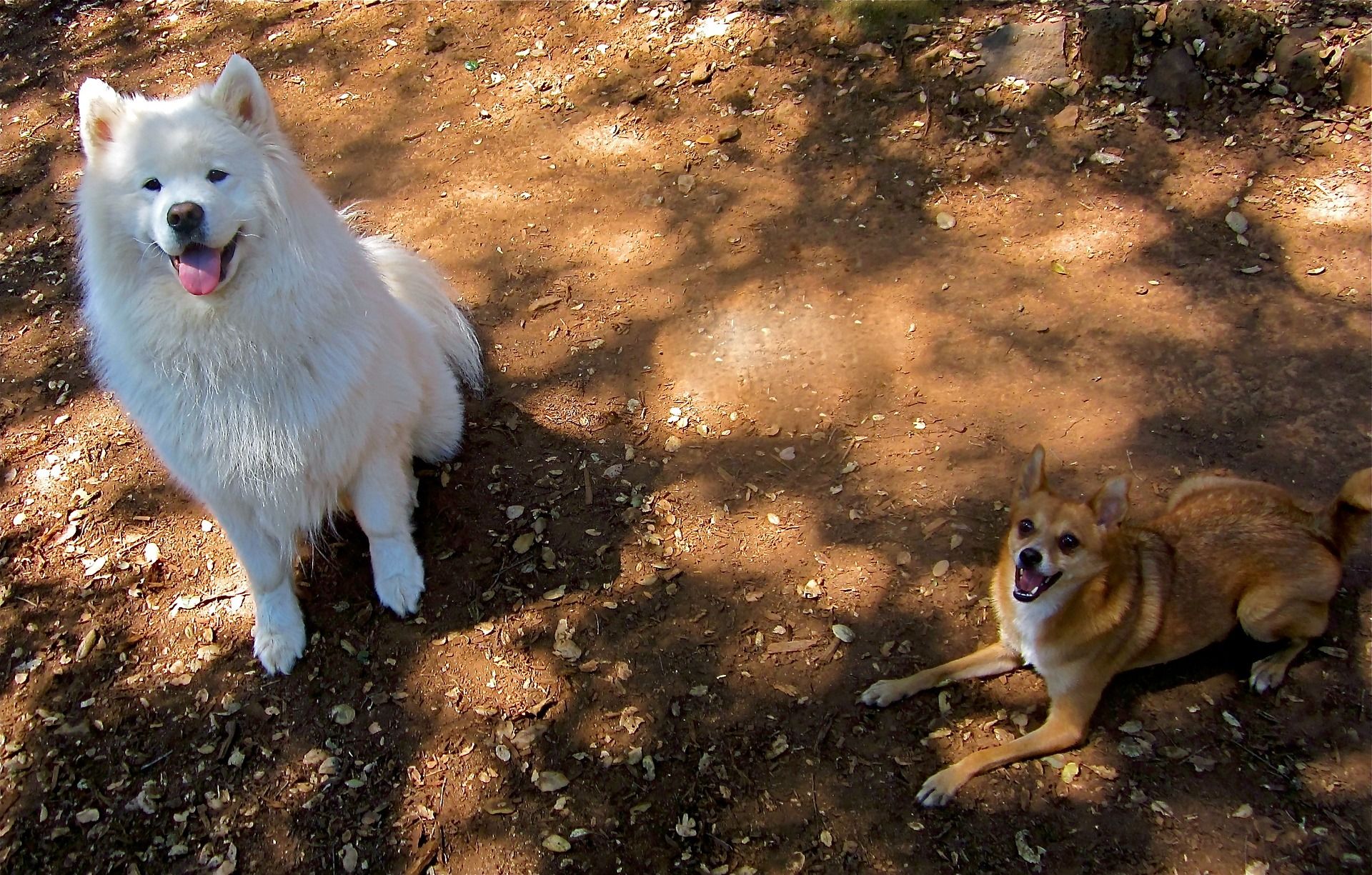
Dogs are often categorized based on their herding ability into breeds that have been specifically developed for herding livestock. These breeds typically exhibit traits such as intelligence, agility, and strong instincts for managing and controlling the movement of livestock. While Samoyeds have a history of working with the Samoyede people in Siberia, their primary roles were as sled dogs, reindeer herders, and guards rather than herding livestock.
Table of Contents
Is Samoyed a herding dog?
Samoyeds are not traditionally classified as herding dogs.
While they have a history of working with the Samoyede people in Siberia, their primary roles were as sled dogs, reindeer herders, and guards rather than herding livestock.
Historical Background
Samoyeds originated among the Samoyede people, a nomadic group in Siberia, who bred these dogs for various tasks essential to their way of life. The primary functions of Samoyeds included pulling sleds, herding reindeer, and serving as guardians of the camps.
Sled Dogs
One of the central roles of Samoyeds was as sled dogs. They were instrumental in transporting people and goods across the vast, snowy landscapes of Siberia. Their strength, endurance, and ability to pull heavy loads made them well-suited for this task.
Reindeer Herding
While not herding in the traditional sense, Samoyeds were also involved in activities related to reindeer. They assisted the Samoyede people in managing and protecting their reindeer herds, using their intelligence and alertness to help with the movement and protection of the animals.
Guard Dogs
Samoyeds served as guard dogs for the nomadic camps of the Samoyede people. Their alert and protective nature made them effective in warning their human companions of potential threats, including predators and intruders.
Companionship
Beyond their working roles, Samoyeds were valued as companions to the Samoyede people. Their friendly disposition, loyalty, and adaptability endeared them to the families they served.
Lack of Formal Herding Classification
Unlike breeds specifically developed for herding, such as Border Collies or Australian Shepherds, Samoyeds were not selectively bred for herding livestock. While they may have exhibited behaviors associated with herding, it was not their primary function.
Herding-Like Behaviors
Individual Samoyeds may display herding-like behaviors, such as chasing or nipping at the heels of other animals. These behaviors can be attributed to their intelligence, energy, and natural inclination to work closely with humans.
Modern Samoyeds
In modern times, Samoyeds are more commonly kept as companions and family pets. While they may not engage in traditional herding activities, they still retain their intelligence, social nature, and playful demeanor.
In summary, Samoyeds have a rich working heritage that involves tasks like pulling sleds and assisting with reindeer, but they are not officially recognized as herding dogs. Their historical roles, intelligence, and versatility make them unique and well-suited for various tasks in the Arctic environment, but herding livestock in the manner of dedicated herding breeds is not their primary function.
Are Samoyed dogs intelligent?
Yes, Samoyeds are generally considered intelligent dogs. Their intelligence is reflected in various aspects of their behavior and problem-solving abilities.
While they have a rich history of working with the Samoyede people in Siberia, their primary roles were as sled dogs, reindeer herders, and guard dogs rather than herding livestock.
Their intelligent is evident in their:
Working Heritage
Samoyeds were originally bred as working dogs in Siberia, where they performed tasks such as pulling sleds, herding reindeer, and assisting in various chores. The intelligence required for these tasks is evident in their ability to understand and execute commands.
Problem-Solving Skills
Samoyeds have demonstrated problem-solving skills, especially when faced with challenges or puzzles. They can figure out how to access treats from puzzle toys or navigate through certain obstacles.
Trainability
Samoyeds are generally trainable and respond well to positive reinforcement-based training methods. They are quick learners and can pick up commands and tricks with consistency and patience from their owners.
Adaptability
Samoyeds are adaptable dogs, and their intelligence allows them to adjust to different environments and situations. They can thrive in various living conditions, from colder climates to more moderate temperatures.
Social Intelligence
Samoyeds are social animals with a keen understanding of social cues. They often display empathy and can be attuned to the emotions of their human family members, making them excellent companions.
Communication Skills
Samoyeds are known for their vocalizations, including barks, “talking” sounds, and other vocal expressions. Their ability to communicate with their owners and convey their needs is a sign of their intelligence.
Alertness and Watchfulness
Samoyeds are naturally alert and watchful, traits that contribute to their effectiveness as guard dogs. Their intelligence allows them to assess their environment and respond to potential threats.
Independent Thinking
While being affectionate and cooperative, Samoyeds also exhibit independent thinking. This can sometimes lead to stubbornness, but it also indicates their ability to make decisions based on their judgment.
Playfulness and Creativity
The playfulness of Samoyeds is another aspect of their intelligence. They can engage in creative play, inventing new ways to interact with toys or entertain themselves.
Versatility
Samoyeds are versatile dogs that can excel in various activities, including obedience, agility, and even therapy work. Their adaptability and willingness to learn contribute to their success in different roles.
Problem-Solving in Work
In their historical roles as working dogs, Samoyeds needed to solve problems related to tasks such as pulling sleds and herding. Their ability to navigate and solve challenges in these contexts is indicative of their intelligence.
Memory
Samoyeds have a good memory, which aids in learning and retaining commands and cues. This memory helps them recall training lessons and apply them in different situations.
It’s important for owners to engage in positive and consistent training to fully unlock and utilize their Samoyed’s intelligence. Mental stimulation, social interaction, and engaging activities are crucial to keeping them mentally sharp and fulfilled.
What dogs are good for herding?
Dogs are often categorized based on their herding ability into breeds that have been specifically developed for herding livestock. These breeds typically exhibit traits such as intelligence, agility, and strong instincts for managing and controlling the movement of livestock.
Here are some dog breeds arranged by their herding ability:
- Border Collie: Widely regarded as one of the most intelligent dog breeds, Border Collies are exceptional herders. They are known for their intense focus, agility, and the ability to work over long distances. They often use a “stalking eye” to control livestock.
- Australian Shepherd: Australian Shepherds, despite their name, were developed in the United States. They are highly intelligent, energetic, and have a strong herding instinct. They excel at working with various types of livestock and are also known for their versatility in dog sports.
- German Shepherd: Originally bred for herding sheep, German Shepherds are known for their intelligence, versatility, and strong work ethic. While they are often utilized in police and protection work, they retain their herding instincts and can excel in herding trials.
- Collie (Rough and Smooth): Collies are known for their gentle nature and intelligence. They were traditionally used for herding sheep in Scotland and England. Both the Rough Collie (long-haired) and Smooth Collie (short-haired) variants have herding instincts.
- Shetland Sheepdog: Often referred to as “Shelties,” Shetland Sheepdogs were originally bred to herd livestock in the Shetland Islands. They are known for their intelligence, agility, and strong desire to work closely with their owners.
- Welsh Corgi (Pembroke and Cardigan): Both the Pembroke and Cardigan Welsh Corgis were developed as herding dogs in Wales. Despite their small size, they are known for their intelligence and strong herding instincts. Their low stature allows them to nip at the heels of livestock without getting kicked.
- Australian Cattle Dog: Bred to work in demanding Australian conditions, Australian Cattle Dogs are known for their endurance, agility, and tenacity. They excel at herding cattle and have a distinctive method of nipping at the heels to control livestock.
- Belgian Malinois: Although often employed in police and military work, the Belgian Malinois has a herding background. They are known for their intelligence, agility, and strong work drive, making them effective herders.
- Old English Sheepdog: The Old English Sheepdog, with its distinctive shaggy coat, was originally used for herding and driving sheep to market. They are known for their intelligence, playfulness, and adaptability. Kelpie (Australian Kelpie): Developed in Australia, the Kelpie is known for its agility, intelligence, and strong herding instincts. They are often used for herding livestock, especially sheep.
- Smooth Collie: Similar to the Rough Collie but with a shorter coat, the Smooth Collie retains the intelligence and herding instincts of its counterpart. Both varieties were traditionally used for herding in the British Isles.
- Dutch Shepherd: Originally bred for herding sheep in the Netherlands, the Dutch Shepherd is known for its intelligence, agility, and versatility. While they are used in various roles today, their herding instincts are still present.
It’s important to note that individual dogs within a breed may vary in their herding abilities.
Additionally, herding instincts may not be as pronounced in some modern breeds that have been developed for different purposes. When considering a herding dog, it’s crucial to provide them with appropriate outlets for their energy and instincts, such as engaging in herding activities or participating in dog sports.
